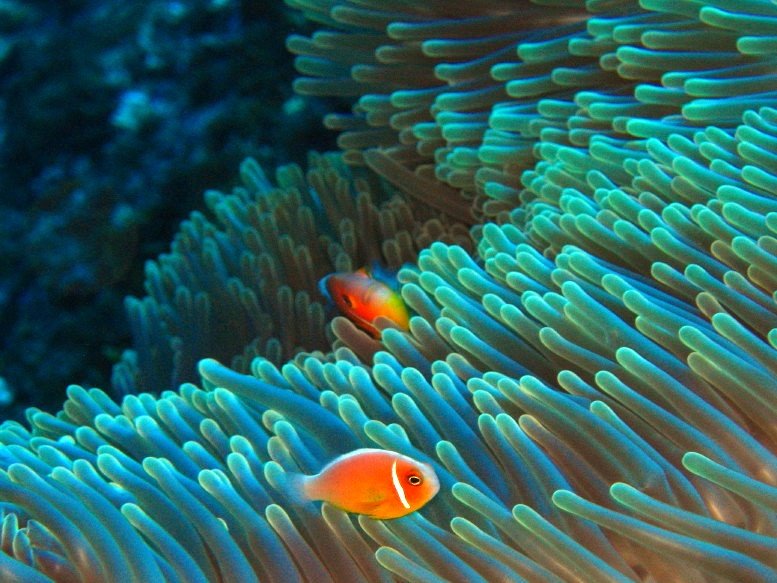hooray for cyclanths
For those of you who are interested in the SCIENCE that i am doing, a little about my research project:
despite all appearances, i AM actually doing research while i am here. Phil Rundel (my boss) from UCLA has been working on understory herbs in La Selva, CR for the past 5 years or so. what started as a biomechanics study has expanded to include ecophysiology and some natural history of both these herbs and aroids (philodendron, anthurium, monstera, etc). what I am doing is extending his work with parallel studies on species of the CYCLANTHACEA family (monoecious perennial herbs). there are 17 cyclanth species at La Selva, and many look remarkably like palms at first glance. they are incredibly tricky to ID, the keys are all in spanish, and there are no voucher species in the herbarium, only a few poor photocopies. which does wonders when the main distinguishing feature between two species is the color of the fruit or petiole. little work has been done on them, although in many areas certain species dominate the understory.
so i have decided that i'm going to categorize them and collect some info on natural history of these species. and seeing as how there are terrestrial, epiphytic, and hemiepiphytic species, i am interested in differences in biomass allocation, water relations, growth rates, leaf production and light responses between species. so i will be running around censusing cyclanths and finishing up some odds and ends with aroids for the next 5 months. repopulating the shade house we have to try to determine growth strategies for different species. and trying to determine if what are currently called hemi-epiphytes are indeed hemi-epiphytes (lots of running around and measuring biomass and primary and secondary root connections). and hopefully rasoul and phil from UCLA will be able to do some ecophys by the time i'm done to add a bit more data.
sooo.. lots of time in the field awaits me. with my first censusing in the swamp. i think. at the moment all i've managed to accomplish is IDing 15 species. no small feat with the spanish keys. the only thing worse than botanical keys and jargon is botanical keys and jargon in SPANISH. and i havent found the remaining 2 anywhere yet, although one is supposed to be very common. hmm.
despite all appearances, i AM actually doing research while i am here. Phil Rundel (my boss) from UCLA has been working on understory herbs in La Selva, CR for the past 5 years or so. what started as a biomechanics study has expanded to include ecophysiology and some natural history of both these herbs and aroids (philodendron, anthurium, monstera, etc). what I am doing is extending his work with parallel studies on species of the CYCLANTHACEA family (monoecious perennial herbs). there are 17 cyclanth species at La Selva, and many look remarkably like palms at first glance. they are incredibly tricky to ID, the keys are all in spanish, and there are no voucher species in the herbarium, only a few poor photocopies. which does wonders when the main distinguishing feature between two species is the color of the fruit or petiole. little work has been done on them, although in many areas certain species dominate the understory.
so i have decided that i'm going to categorize them and collect some info on natural history of these species. and seeing as how there are terrestrial, epiphytic, and hemiepiphytic species, i am interested in differences in biomass allocation, water relations, growth rates, leaf production and light responses between species. so i will be running around censusing cyclanths and finishing up some odds and ends with aroids for the next 5 months. repopulating the shade house we have to try to determine growth strategies for different species. and trying to determine if what are currently called hemi-epiphytes are indeed hemi-epiphytes (lots of running around and measuring biomass and primary and secondary root connections). and hopefully rasoul and phil from UCLA will be able to do some ecophys by the time i'm done to add a bit more data.
sooo.. lots of time in the field awaits me. with my first censusing in the swamp. i think. at the moment all i've managed to accomplish is IDing 15 species. no small feat with the spanish keys. the only thing worse than botanical keys and jargon is botanical keys and jargon in SPANISH. and i havent found the remaining 2 anywhere yet, although one is supposed to be very common. hmm.


0 Comments:
Post a Comment
<< Home